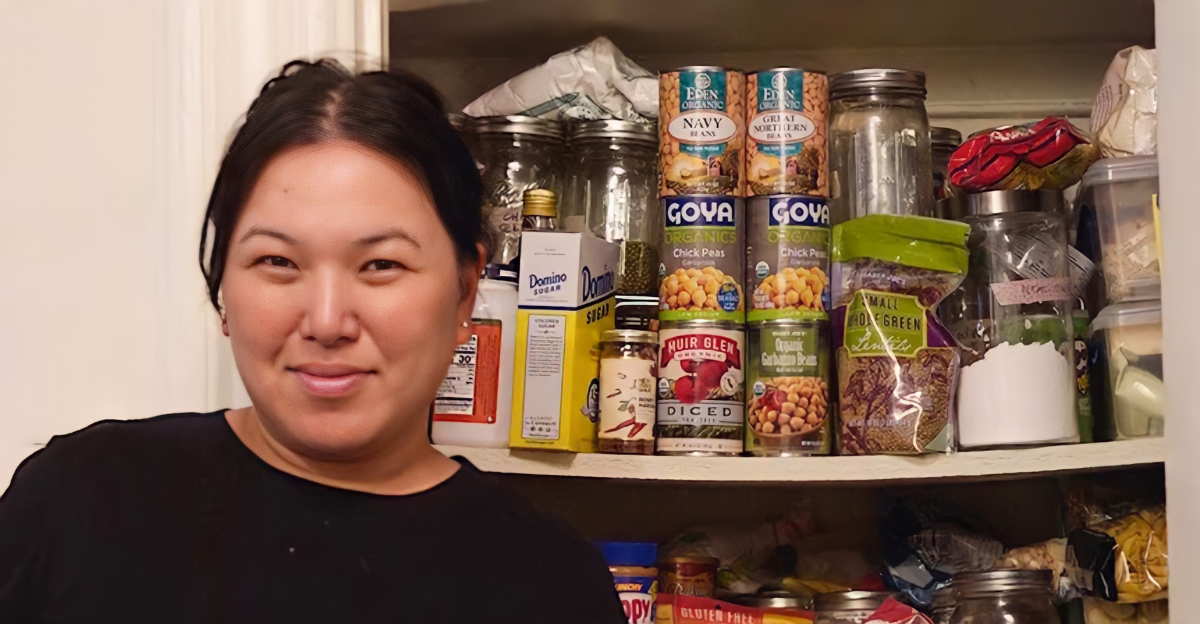
Most people think of simple, uninteresting staple foods when they think of survival foods. What if, however, some of the most delicious foods could actually endure for centuries? Some foods challenge our presumptions about shelf life because they have special chemical characteristics or preservation histories that enable them to remain edible indefinitely.
Knowing why these foods never go bad also makes it possible to develop cutting-edge food preservation methods that have the potential to completely change the way food is stored around the world, lowering waste and improving food security. Given that global food supply chains are under threat from climate change and geopolitical unrest, this realization is vital.
1. Honey
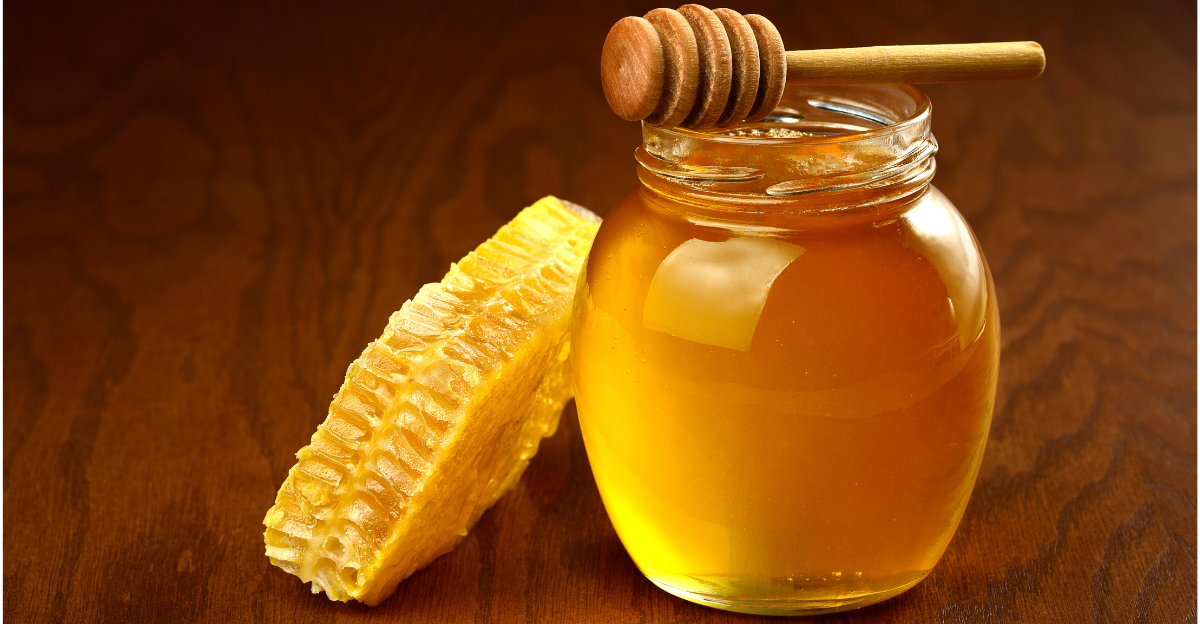
Although honey has a legendary reputation as a food that never goes bad, the science behind it is even more intriguing. Because honey’s natural acidity and low moisture content prevent bacteria and mold, archaeologists have discovered 3,000-year-old honey in Egyptian tombs that are still safe to consume.
The ability of honey to preserve not only itself but also fruits, nuts, and even therapeutic herbs is genuinely remarkable. Honey’s antibacterial qualities have been confirmed by recent research, making it a two-purpose survival food that can be used as a wound dressing and sweetener. Honey is an excellent way for preppers to boost their spirits during long-term emergencies because of its flavor and energy content.
2. Salt
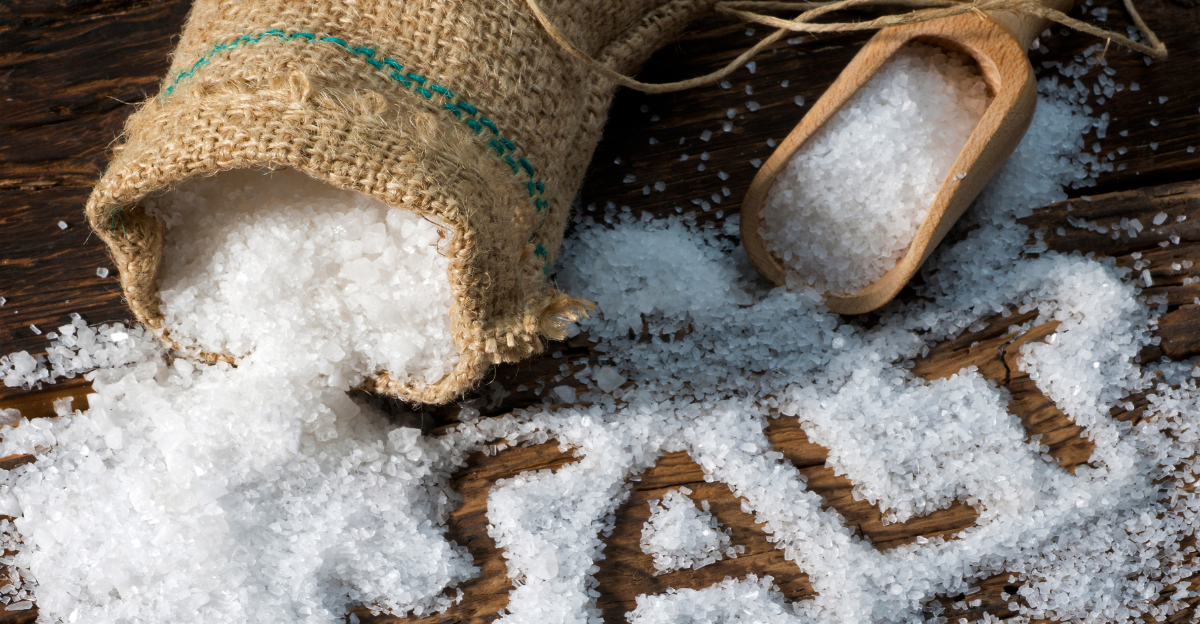
The oldest and most dependable food preservative in human history, salt serves as more than just a seasoning. The first “refrigerator” was created by medieval peasants and ancient mariners who used salt to preserve meat and fish for months or even years. Roman-era usable salt has been discovered through archeological excavations, demonstrating its endless shelf life. Salt was the mainstay of survival diets because of its capacity to extract moisture and destroy bacteria.
Beyond its use for preservation, salt has been essential in forming human civilization, impacting economies, trade routes, and even conflicts. Modern uses for its antimicrobial qualities include fermenting vegetables and curing meats, which improve flavor and nutritional value while prolonging shelf life. Salt’s physiological necessity for human health, which controls fluid balance and nerve function, further demonstrates its significance.
3. White rice: A staple for thirty years
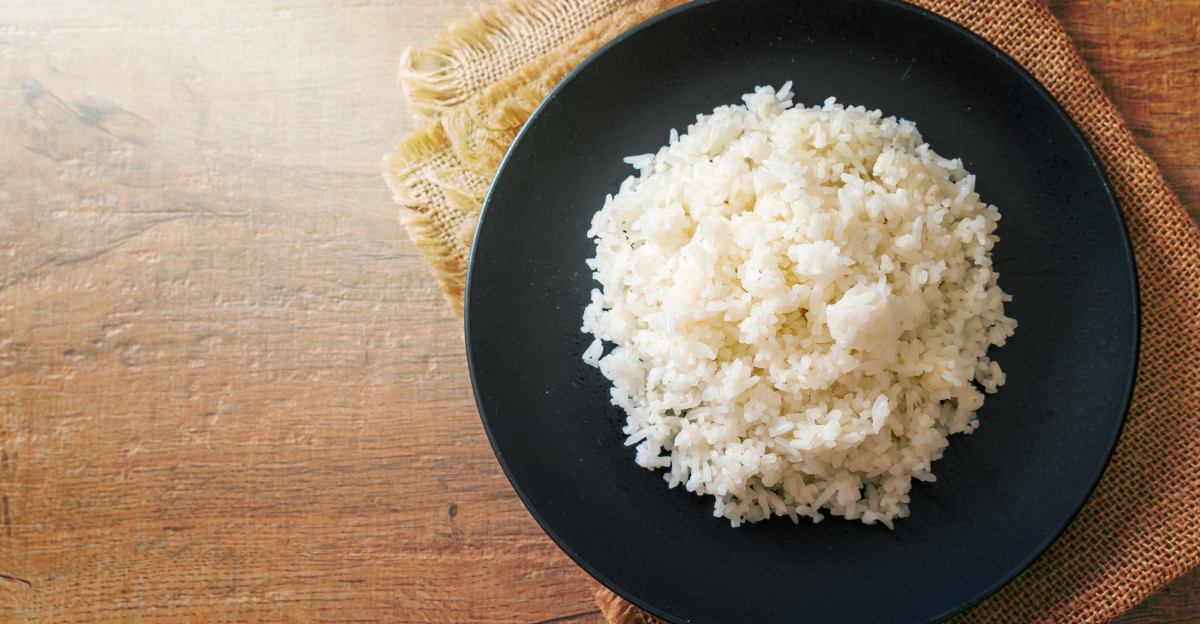
White rice can last up to 30 years if kept in airtight containers in a superb, dry location, but brown rice spoils easily because of its oil content. It is a survival superstar due to its durability and adaptability, but here’s the catch: For extreme circumstances like space missions or disaster relief, freeze-dried cooked rice is perfect because it can last for decades and is ready to eat with just water.
Furthermore, people from a variety of socioeconomic backgrounds can prepare white rice due to its affordability and worldwide availability. Modern packaging techniques like vacuum sealing and oxygen absorbers increase its shelf life even more, guaranteeing that this common grain will always be a vital component of emergency food supplies around the globe.
4. Dried Beans
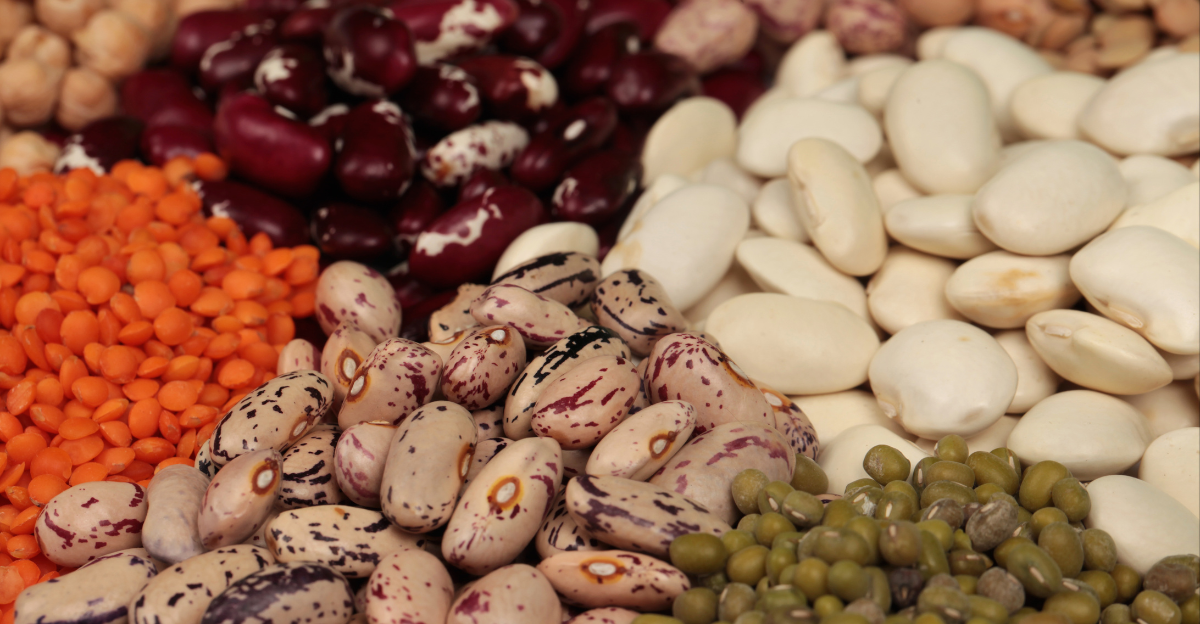
Lentils, chickpeas, and black beans are examples of dried beans that are not only nutrient-dense but also, when stored correctly, practically indestructible. Surprisingly, beans never become unsafe to eat as they age, but they do get more challenging to cook. They are, therefore, a unique example of a food whose nutritional value persists despite changes in texture.
In survival situations, beans provide both sustenance and variety, serving as the basis for innumerable comfort foods from around the world, such as dal and chili. Some preppers turn leftover beans into flour to use in baking or to thicken stews for the ultimate twist. Furthermore, the hardness that develops over time can be lessened by soaking and cooking methods, guaranteeing that beans stay edible and digestible even after years of storage.
5. Pure Maple Syrup: The Sweetest Preservative Found in Nature
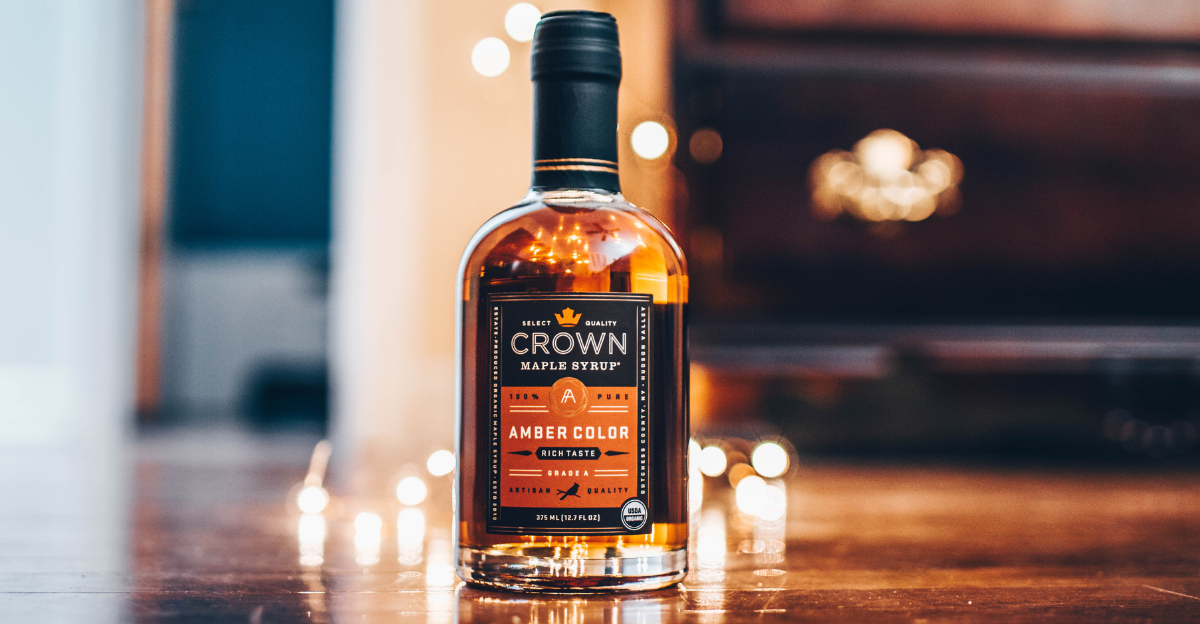
Because of its high sugar content and low water activity, which inhibit microbial growth, pure maple syrup has an indefinite shelf life if left unopened, unlike artificial syrups. Historically, pioneers and indigenous peoples used maple syrup to preserve fruits and nuts for the winter months in addition to using it as a sweetener.
Maple syrup is prized in contemporary preparation for its minerals and antioxidants, which make it a wholesome treat. There is also an ecological component to the use of maple syrup because its production is a sustainable practice linked to forest ecosystems. Maple syrup is a sweet, multipurpose, and surprisingly resilient addition to any survival pantry when stored properly, away from heat and light.
6. The Everlasting Curative: Apple Cider Vinegar

Because of its high acidity, which inhibits spoiling and eliminates bacteria, apple cider vinegar (ACV) is self-preserving. Its applications are not limited to salad dressing. ACV can pickle vegetables for years and is a natural food preservative, digestive aid, and disinfectant. According to historical accounts, Roman soldiers brought vinegar with them to disinfect water and ward off scurvy. ACV is a genuine multipurpose item for your pantry because it can be used for cleaning, first aid, and even as a natural deodorizer in survival situations.
The vinegar is essential for long-term food storage and health maintenance because of its capacity to maintain pH balance and suppress dangerous bacteria. Because of its many uses, apple cider vinegar is positioned as a necessary survival food that goes beyond simple nourishment to include medicine and hygiene.
7. The Indestructible Spirit: Hard Liquor
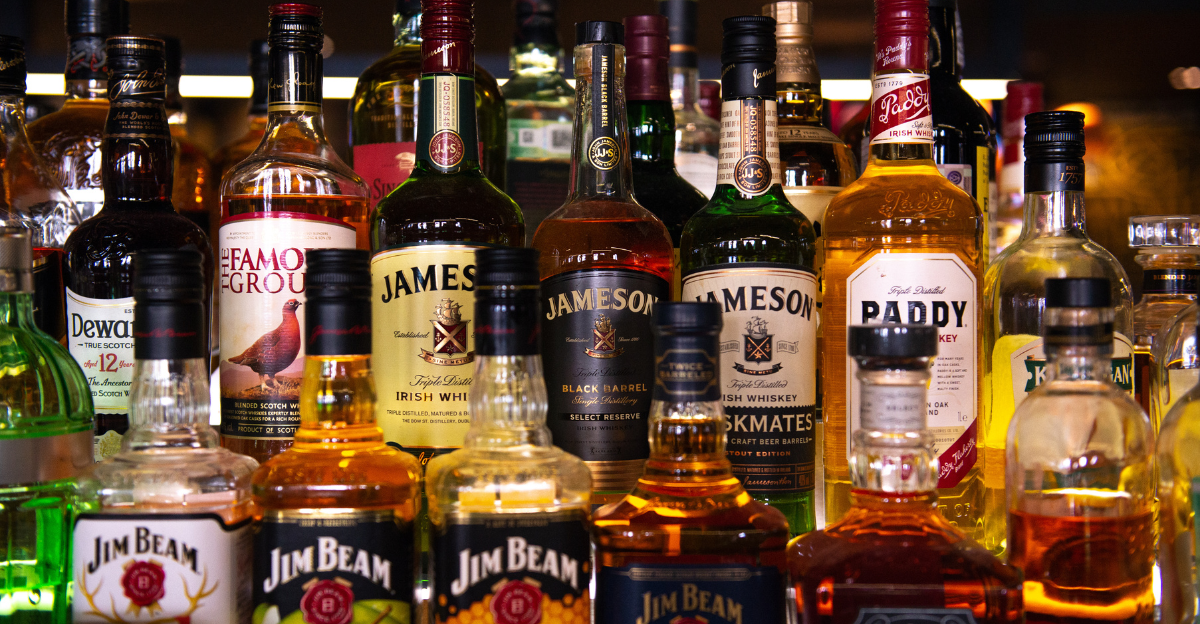
Among survival foods, unopened bottles of hard liquor, such as vodka, rum, and whiskey, are unique in that they never go bad. In addition to being consumed, alcohol can be used as a base for homemade tinctures or extracts, as well as a disinfectant and barter item.
Longevity is guaranteed by the high alcohol content, which inhibits microbial growth. Furthermore, alcohol plays a crucial role in fostering social bonds and boosting morale during times of crisis by offering psychological solace. Its survival utility is increased by its use in traditional medicine as an antiseptic and a solvent for herbal remedies.
8. Cubes of Medieval Bone Broth: Antiquated Instant Soup
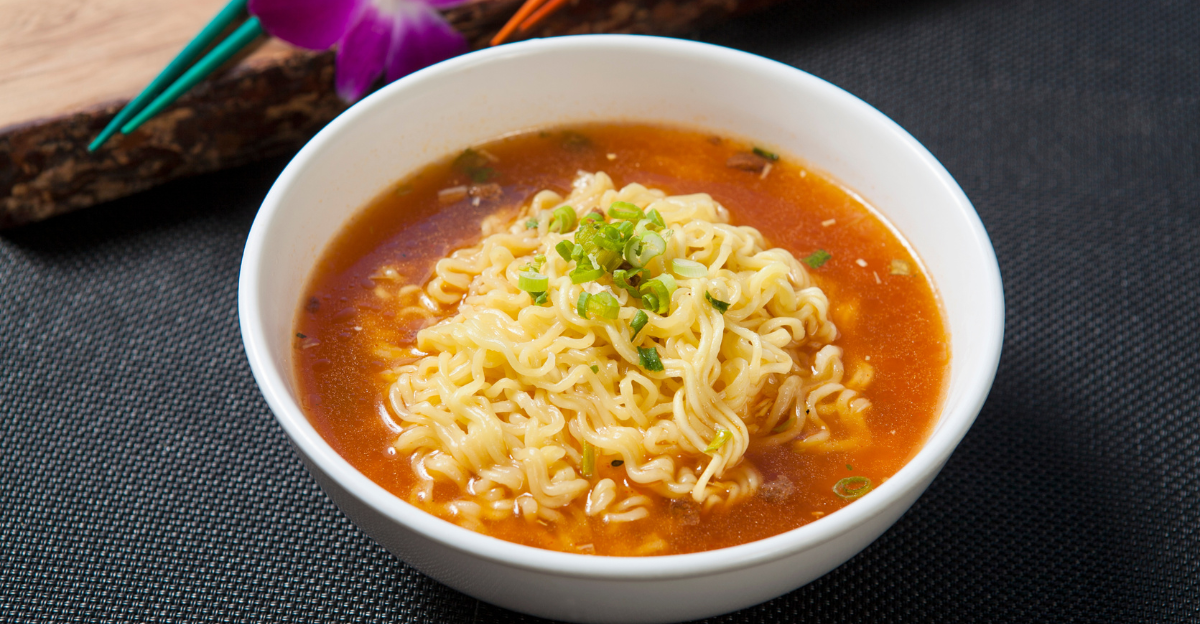
The gelatinous broth was cooled and dried into cubes by medieval cooks after they had simmered animal bones for hours to extract nutrients. These “flavor bombs” were easily rehydrated into filling soups and could be stored for months without refrigeration. Due to its effectiveness and zero-waste philosophy, this technique, which was all but forgotten, is now becoming popular among chefs and survivalists.
Beyond simple nourishment, bone broth’s gelatin adds therapeutic value by promoting immune and joint health. These antiquated techniques, which fused functionality with culinary art, are the source of contemporary dehydrated bone broth powders.
9. Pemmican: The Best Superfood for Survival
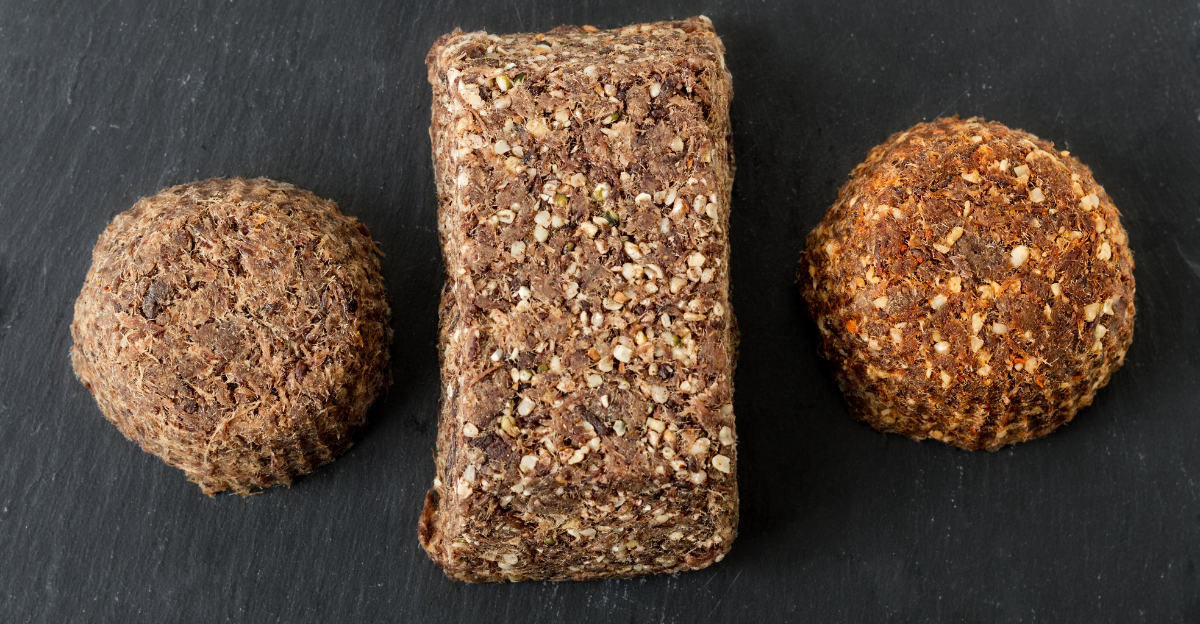
Indigenous peoples created pemmican, a traditional food made by combining dried meat, rendered fat, and occasionally berries. Pemmican’s high fat content and low moisture content allow it to keep for years without refrigeration when prepared properly. Pemmican’s high calorie and nutritional content made it a staple of Arctic expeditions and explorers like Ernest Shackleton.
It was essential for lengthy travels and harsh environments due to its portability and resistance to spoiling. Pemmican now serves as an inspiration for new survival food inventions that combine traditional wisdom with cutting-edge nutritional research. Its lasting influence emphasizes how necessary indigenous food knowledge is for creating effective, robust survival diets.
